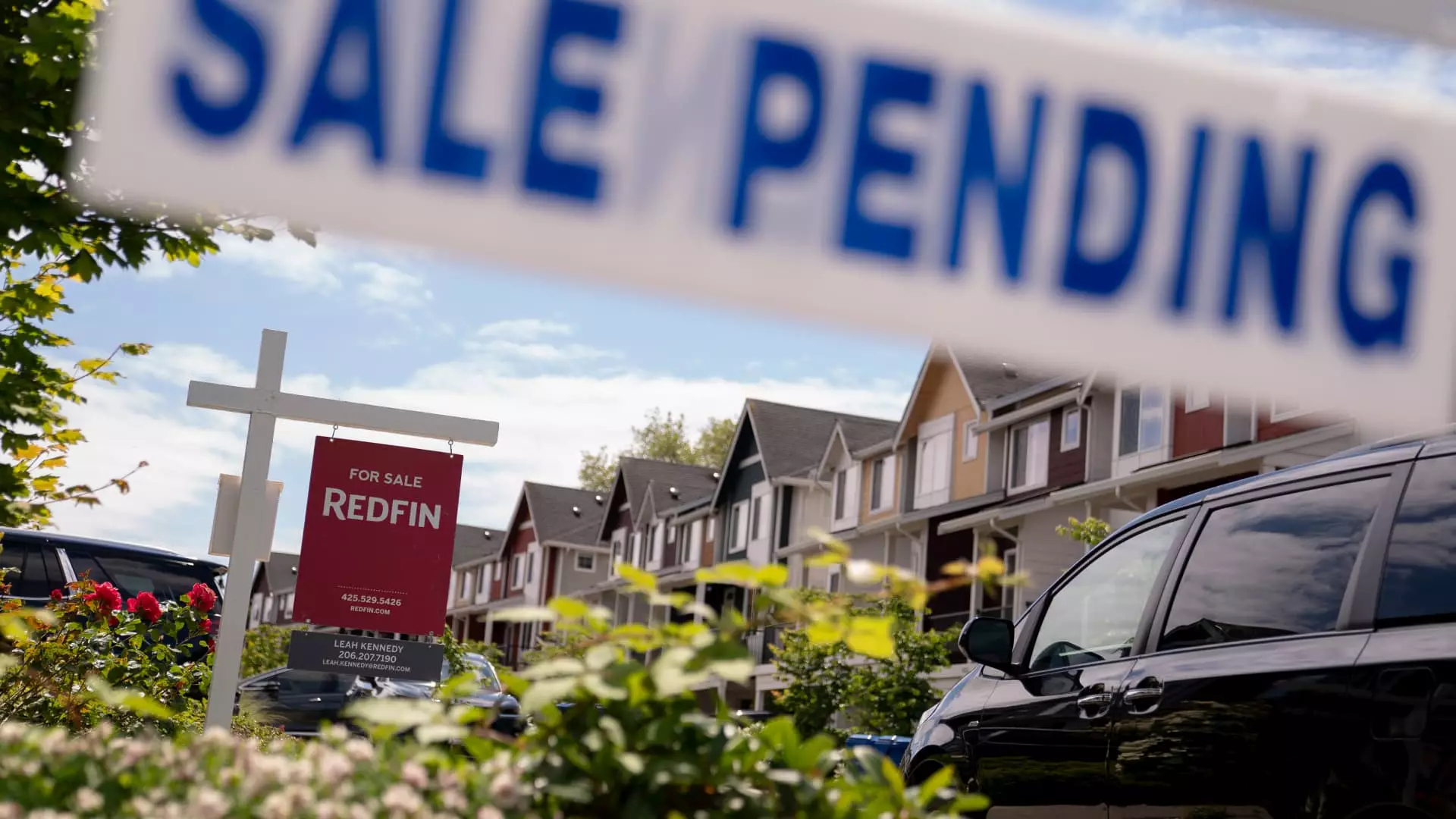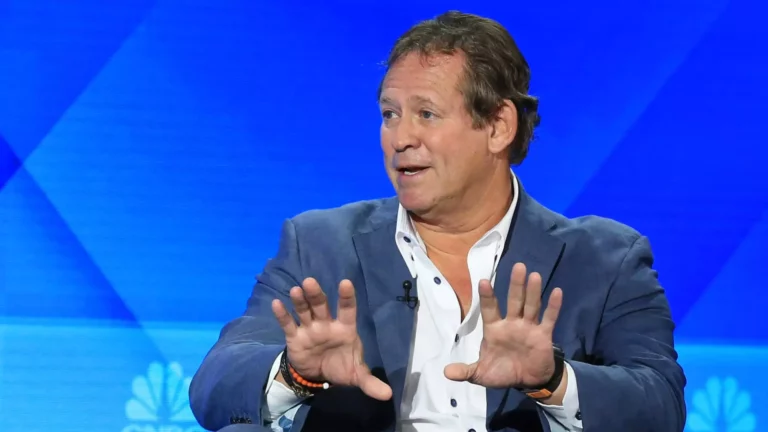Mortgage Rates Surge: A Shocking 8.5% Drop in Demand Sparks Risky Choices for Buyers

Last week, we witnessed a seismic shake in the mortgage market as rates skyrocketed to levels not seen since February. The Mortgage Bankers Association reported an alarming 8.5% drop in overall mortgage application volume compared to the previous week. The average interest rate for a 30-year fixed-rate mortgage has now climbed to 6.81%, a stark contrast to the 6.61% from just a week prior. This spike is not just a number; it echoes the larger narrative of economic uncertainty and instability that is pummeling prospective homebuyers.
The landscape is becoming increasingly hostile for both first-time buyers and those looking to refinance their existing loans. With so many factors at play — from rising home prices to increased competition for limited housing inventory — the current situation is dire. Homebuyers are understandably turning to riskier alternatives like adjustable-rate mortgages (ARMs) to cope with the impact of climbing interest rates. This raises the question: Are we witnessing a dangerous dance with financial instability?
The Shift Toward Riskier Loans
Homebuyers are becoming increasingly desperate as the number of available homes continues to grow alongside ballooning interest rates. It’s noteworthy that, according to Realtor.com, active inventory is up by 30% compared to last year. This is a double-edged sword; while more homes are available, higher prices paired with rising rates have sent many buyers scrambling for riskier loans. Adjustable-rate mortgages offer relief with their lower initial rates, including a striking 6% rate in recent surveys, but they come with an expiration date — and a potential for a disastrous hike in costs when the fixed period ends.
The trend of opting for ARMs has seen a dramatic increase, with their share rising nearly a full percentage point in just one week. This type of lending can be akin to playing with fire; while you may save on your monthly payment initially, it’s a gamble that could result in a much heavier burden down the road. For bigger loans, the appeal grows even stronger; almost a quarter of total applications were for ARMs last week. The question remains, are people fully aware of the pitfalls they might encounter?
An Underlying Economic Churn
Mike Fratantoni, the Senior Vice President of the MBA, articulates a sentiment that rings true for many potential buyers: “Economic uncertainty and the volatility in rates is likely to make at least some prospective buyers more hesitant to move forward with a purchase.” As daunting as it sounds, this hesitance could manifest as long-term hesitation. The continuous upward trend in home pricing is making it difficult for buyers to feel comfortable committing to any financial decision.
And it’s not just the rates that are concerning; the overall economic climate remains volatile. Experts warn that any brief reprieve we see in rates may give way to new waves of unpredictability. Matthew Graham, COO of Mortgage News Daily, emphasizes the perils of taking today’s rates for granted. Buyers navigated a tumultuous landscape last year, and although the landscape has shifted, uncertainty looms ominously on the horizon.
The Consequences of Current Trends
As buyers chase after loans that provide lower initial monthly payments, we must question the long-term ramifications of such choices. The allure of immediate savings through ARMs not only creates a future risk but also devalues the traditional fixed-rate mortgage option, which tends to be safer in the long run. Ignoring this reality could lead to a surge in defaults if economic conditions take a turn for the worse, disregarding the hopeful rhetoric about improving inventory.
Moreover, refinancing applications have also dropped a staggering 12% week-over-week, indicating a profound skepticism in the market. While these figures are higher than the same time last year, they also hint at a tightening grip on the cash that many would-be homebuyers are willing to spend. The ongoing volatility, exacerbated by the recent spike in rates, leads us to believe that we may be on the precipice of a larger financial crisis if the necessary caution is not exercised by borrowers and lenders alike.
In an environment where uncertainty reigns and financial commitments are fraught with risk, a pressing concern looms: how can we ensure that we are not collectively straying towards a costly reality? The answer may not be simple, but the urgency to remain informed and cautious has never been clearer.





